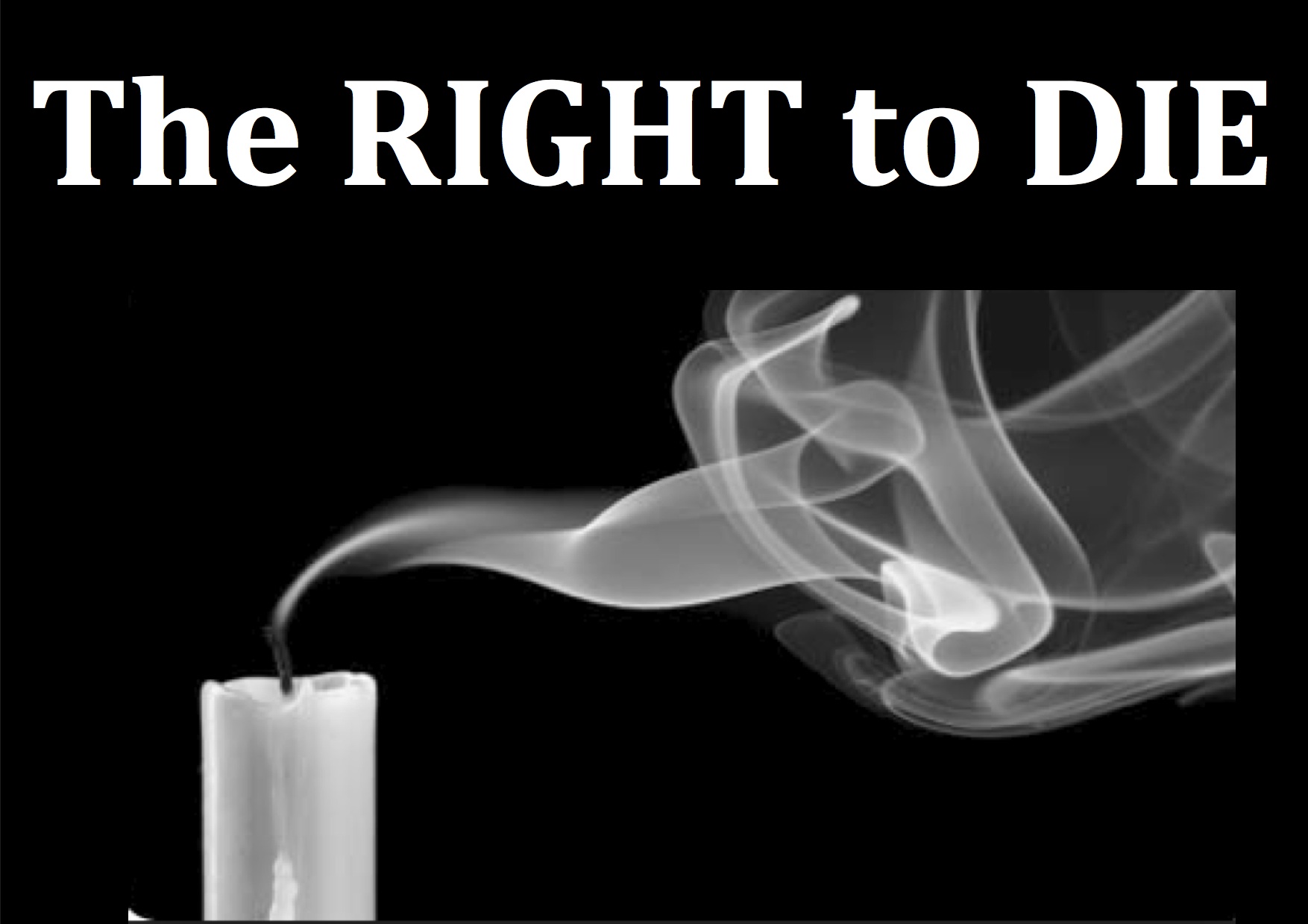This article has been written by Sonu Sharma, pursuing Certificate Course in Real Estate Laws and has been edited by Oishika Banerji (Team Lawsikho).
This article has been published by Sneha Mahawar.
Table of Contents
Introduction
The right to die with dignity is a major concern for many terminally ill individuals. This right to die with dignity subsists in the concept of “euthanasia”. Brock refers to euthanasia as “psychological insurance” that can help people who fear experiencing unrestrained agony and suffering before dying, feel less anxious. Article 21 of the Indian Constitution guarantees every citizen a fundamental right to live with dignity. Many other countries of the world also widely encourage the concept of living wills. Living will refers to a written document that a person uses to explicitly state his wishes for the medical care to be provided in the event he becomes incompetent or unable to express them. This article pays an ode to the concept of living will and its association with the right to a dignified death.
Article 21 of the Indian Constitution
Article 21 of the Indian Constitution states that “no person shall be deprived of his life or personal liberty except according to a procedure established by law.” Thus, Article 21 secures two rights:
- Right to life, and
- Right to personal liberty.
Article 21 of the Indian Constitution was established by the Government of India Act, 1935. It states that no one may be denied of their life or personal freedom until doing so in accordance with the legal process. Article 21 of the Indian Constitution’s Part III lists one of the fundamental liberties to which all people of India are guaranteed.
Expansion of the interpretation of Article 21
The landmark case of Maneka Gandhi vs. Union of India (1978), changed the dimension and significantly expanded the interpretation of the expression- “personal liberty” given in Article 21 of the Constitution of India. In this instance, the court emphasised that the right to life extends beyond simple physical survival and includes the right to live in dignityThe interlinking between the rules of Articles 19, 14, and 21 was the judgment’s most significant aspect. The Supreme Court united these provisions into a single inseparable entity. Now every procedure must satisfy each and every condition outlined in these three articles in order to be considered valid. This decision retained the fundamental and constitutional right to life while also significantly broadening the definition of personal liberty.
The decision opened the door for the Apex Court to include other significant rights in the scope of Article 21, such as the right to clean water, clean air, the right to be free from noise pollution, the right to a standard education, speedy and fair trial, livelihood, legal aid, the right to food, the right to a clean environment, and health care, etc.
Right to life and right to die under Article 21 of the Indian Constitution
In Maruti Sripati Dubal vs. State of Maharashtra, a 1987 matter before the Bombay High Court in which the petitioner after committing a suicide attempt was arrested and an offense was registered against him under Section 309 of the Indian Penal Code, 1860. He was later released on bail. In this particular matter the constitutionality of Section 309 IPC was argued, question arose whether the penalty under Section 309 IPC was inhumane, harsh, unreasonable, or futile. The Bombay High Court held that Section 309 was inserted in IPC to achieve its goal to stop any potential suicides.
Yet penalising those who are suicidal is an absurd way to do this. Instead, they need mental assistance and psychiatric care to move out of this condition. Hence, the rule was made absolute. The provision of Section 309 was declared ultra-vires. The prosecution pending against the petitioner was declared quashed. Since the court has struck down Section 309, all prosecutions launched under the said section and pending in any of the Courts in the State also declared to be annulled. In 1994, in another case, Rathinam vs Union of India (1994) the above judgment of Maruti Sripati Dubal vs State of Maharashtra (1987) was upheld by the Supreme Court. The division bench of the Supreme Court held that the Right to Life under Article 21 also includes the Right to die.
Again two years later in 1996, the Hon’ble Supreme Court in the case of Gian Kaur ss State of Punjab, overturned the above judgments and held that the Right to die or right to be killed is not included in the Right to life under Article 21 of the Indian Constitution. The five-judge Constitutional bench of the Supreme Court overruled Ratinam’s case judgment and also held that there is no ground to hold Section 309 of IPC unconstitutional.
Methods of euthanasia
● Active euthanasia- Active euthanasia is when a doctor intentionally ends the life of a patient who is suffering from an incurable or terminal illness by giving them fatal medication.
● Passive euthanasia- The act of withholding or discontinuing life-sustaining care is referred to as passive euthanasia.
Consent for euthanasia
There can be three types of euthanasia on the basis of consent given for the same:
- Voluntary euthanasia: Voluntary euthanasia is when a person who is killed has requested to be killed.
- Non-voluntary euthanasia: When a person who is killed makes no request and gives no consent as the person is unable to communicate his wishes, being in a vegetative state.
- Involuntary euthanasia: When the person who is killed made an express wish not to be killed.
Suicide vs euthanasia
Suicide is the act of purposeful taking one’s own life via self-inflicted means for a variety of reasons, such as disappointment or depression. Euthanasia, sometimes known as “mercy killing,” is when a terminally ill person is killed by someone else who decides that the person’s quality of life is so awful that it would be preferable for them to be dead for medical reasons.
Legal position in other countries
- In the Netherlands, both assisted suicide and passive Euthanasia are legal since 2001.
- In Belgium also these have been legal since 2002.
- In the USA passive Euthanasia is legal.
- In England also passive Euthanasia is legal.
India’s legal position of active euthanasia
In India, active Euthanasia is punishable under Section 304 of the IPC and falls under culpable homicide not amounting to murder.
Passive euthanasia In India
A very important case related to Passive Euthanasia was the Aruna Shanbag case where a nurse was strangled and sodomised by a sweeper on 27th November 1973, and the deprivation of oxygen has left her in a vegetative state ever since, and she was kept alive by feeding tubes.
An activist filed a petition in the Supreme Court on behalf of Aruna in 2011, arguing that the “ continued existence of Aruna is in violation of her right to live in dignity. Although the court did not allow Ms. Shanbaug’s medical treatment was withdrawn, it discussed at length on Euthanasia and permitted passive Euthanasia. It was further decided that the High Courts are the ultimate decider of what is best for the patient, invoking the “Parens Patriae principle”, meaning- “Parents of the Nation”, where the court can step in and function as a guardian of a terminally ill patient.
The Supreme Court made several guidelines regarding this and decided that the High Court should issue its decision after hearing all the benches and committees appointed under the guidelines and give its decision until parliament passes laws on the matter, and said that the approach outlined should be followed throughout India.
The Supreme Court issued a major decision on March 9, 2018 in Common Cause vs Union of India, legalising physician-assisted suicide (PAS), often known as passive euthanasia. As previously held by its constitutional bench in the Gian Kaur case, the Court reaffirmed that the right to die with dignity is a fundamental right and ruled that an adult human being who has the mental capacity to make an informed decision has the right to refuse medical treatment, including the removal of life-supporting devices.
Conclusion
It should be kept in mind that a dying man has the right to pass away with dignity when his life is on the verge of ending. Also, speeding death in order to shorten the suffering time for a person who is terminally sick or in a persistent vegetative state (PVS), when there is no chance of recovery, is in accordance with the right to a dignified life. The Supreme Court’s reconsideration of the issue is a welcome step. It’s highly likely that even the recently updated rules may eventually need to be changed, but making things simpler for consent providers without raising the possibility of abuse of this major decision by the Apex Court, must be the guiding principle. As a result, I’ll sum up these lines from the late Japanese author Haruki Murakami, “death is not the antithesis of life; it is a part of it.”
References
- https://ili.ac.in/pdf/hc.pdf
- https://www.moneycontrol.com/news/business/personal-finance/living-will-your-right-to-stop-medical-treatment-and-have-a-dignified-death-7549091.html
- https://blog.ipleaders.in/does-right-to-life-include-right-to-die/
- https://lawplanet.in/maneka-gandhi-vs-union-ohttps://www.jpmer.com/abstr
Students of Lawsikho courses regularly produce writing assignments and work on practical exercises as a part of their coursework and develop themselves in real-life practical skills.
LawSikho has created a telegram group for exchanging legal knowledge, referrals, and various opportunities. You can click on this link and join:
Follow us on Instagram and subscribe to our YouTube channel for more amazing legal content.
 Serato DJ Crack 2025Serato DJ PRO Crack
Serato DJ Crack 2025Serato DJ PRO Crack












 Allow notifications
Allow notifications



